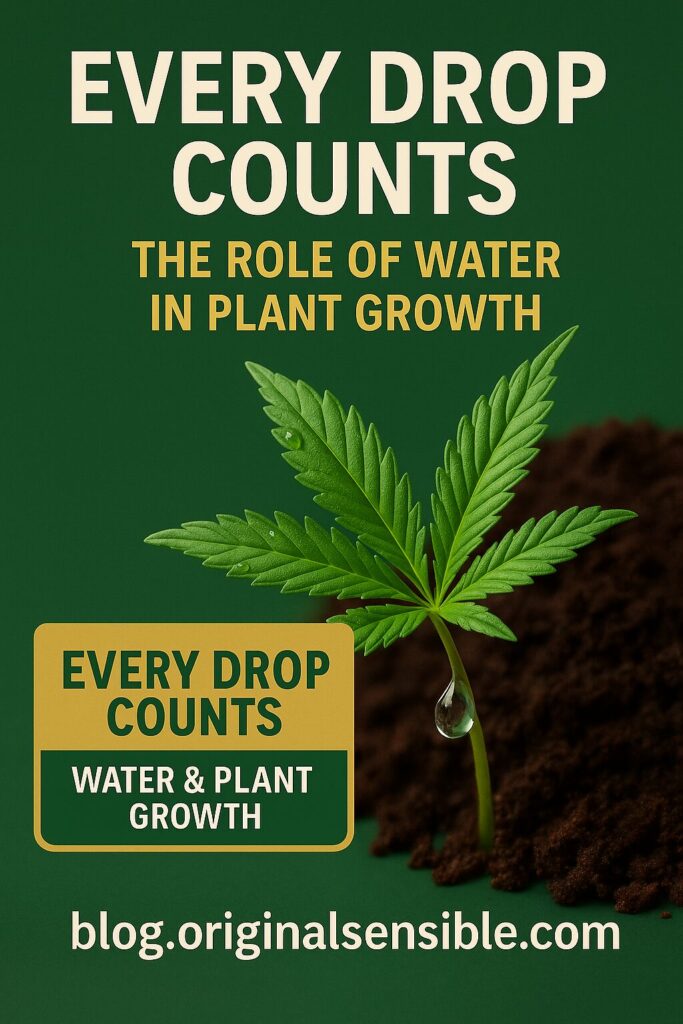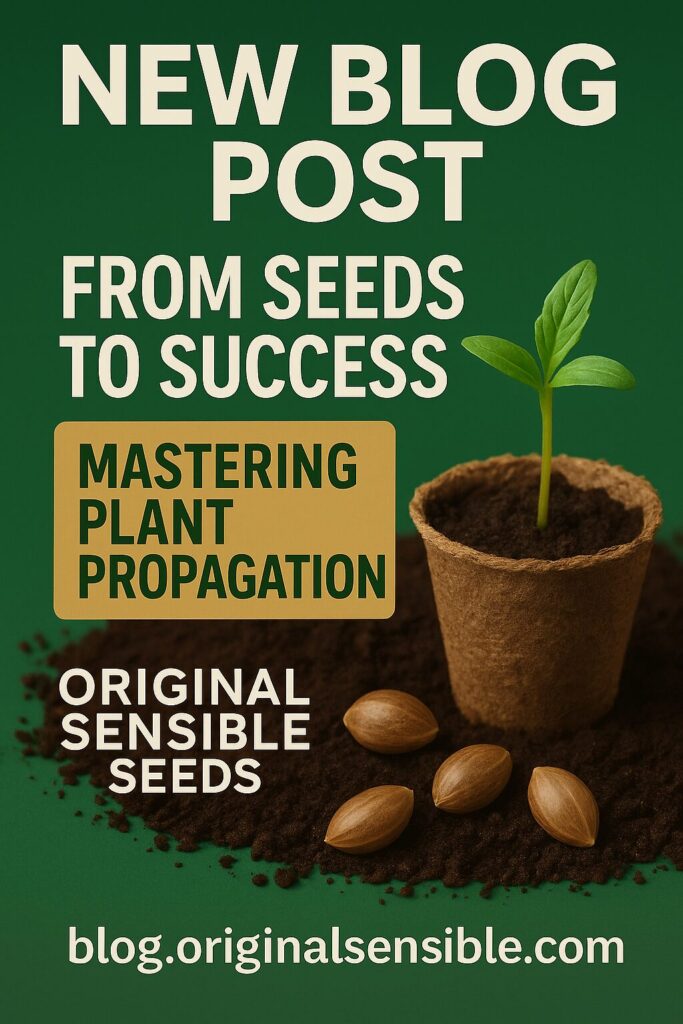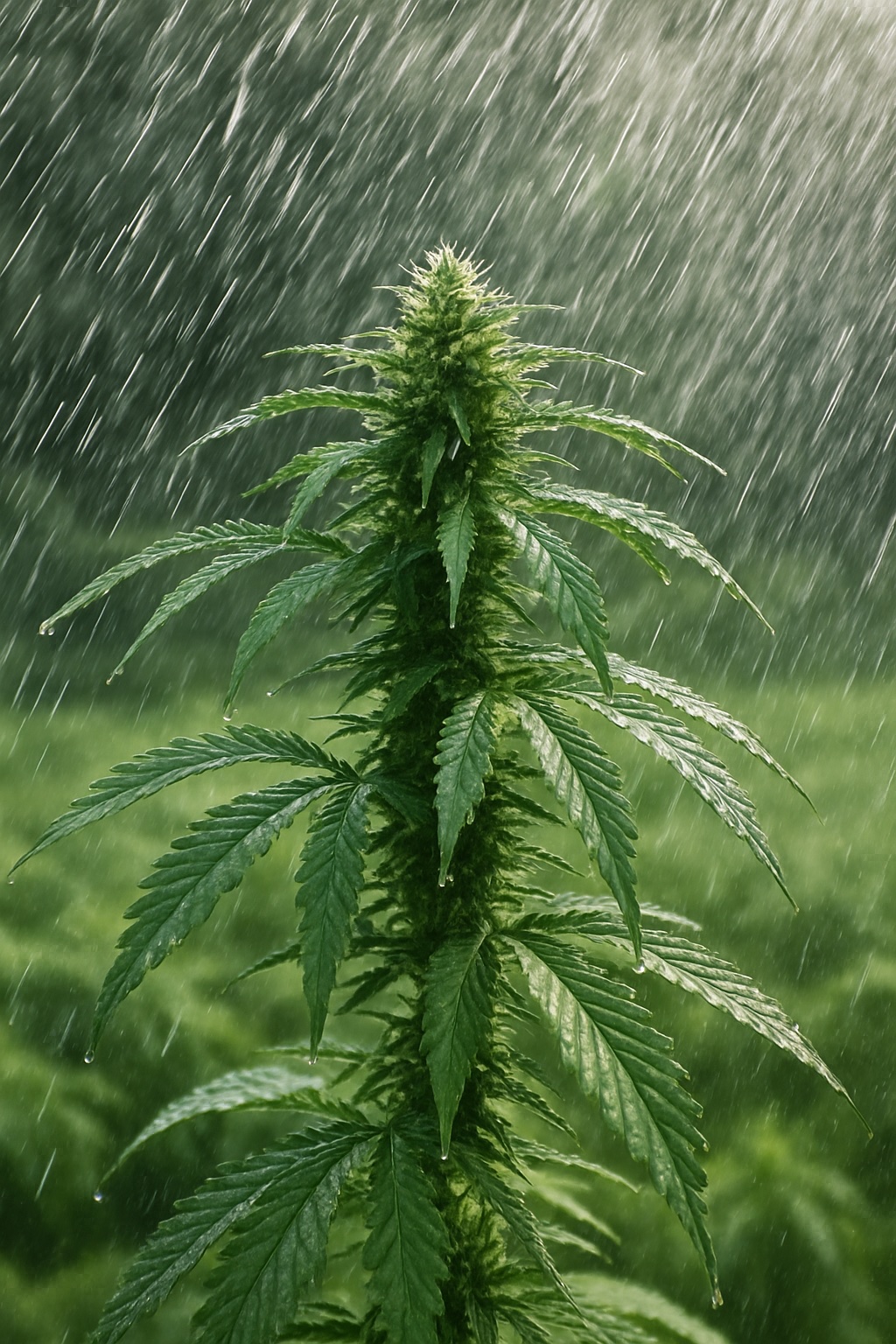
Water is more than a basic need—it’s the very fabric of plant life. Without it, nothing functions. It serves as the medium through which nutrients are dissolved and absorbed, the vehicle for transporting essential elements, the fuel for cellular expansion, and a core ingredient in photosynthesis itself. But as with light, temperature, and nutrients, water must be managed carefully. Too much or too little—at the wrong time—can quietly undermine everything else you’re doing.
Plants use water in three major ways: absorption, transport, and transpiration. First, water allows minerals and nutrients in the soil or substrate to dissolve into a solution, which roots can absorb. Second, water is the internal highway, moving those nutrients, sugars, and hormones throughout the plant via its vascular system (xylem and phloem). Third, water evaporates from the leaves in a process called transpiration, which cools the plant and draws more moisture up from the roots.
A key force behind this cycle is root pressure—the internal pressure created in a plant’s root system when water enters root hairs through osmosis. This pressure helps push water and dissolved nutrients upward into the xylem, particularly during low transpiration periods such as nighttime. It’s a critical contributor to turgidity, which refers to the internal water pressure that fills each cell and keeps stems strong, leaves firm, and the entire plant upright and functioning. When root pressure drops—due to dry substrate, damaged roots, or environmental stress—turgidity is lost. Cells shrink, leaves wilt, and the plant’s internal transport system begins to fail. Without adequate root pressure, nutrient uptake slows dramatically, photosynthesis falters, and growth becomes stunted.

On the other end of the scale, overwatering can be just as harmful. Excess moisture displaces the air in the root zone, effectively suffocating roots. Roots need oxygen to function, and when that oxygen is absent, cell respiration stops, root tissues die, and pathogenic microbes thrive. The irony is that both underwatering and overwatering often produce similar visible symptoms—yellowing leaves, drooping, and stunted growth—making them easy to confuse. This is why understanding your medium and watering strategy is critical.
Different substrates behave differently. Coco coir, for example, retains moisture well and provides excellent aeration, making it more forgiving and ideal for frequent, lighter watering. In contrast, dense soils hold water longer and can easily become compacted or waterlogged. Understanding your plant’s growth stage also helps: seedlings are delicate and require gentle, consistent moisture, while mature flowering plants may need heavier watering but with longer intervals. Environmental factors like temperature and humidity also play a role. In hot, dry conditions, water evaporates faster from both the medium and the plant, increasing the need for irrigation. In cool or humid conditions, water lingers longer, raising the risk of saturation.
It’s not just about how much you water, but how consistently. Allowing the root zone to dry out completely and then flooding it creates extreme fluctuations in water availability and osmotic pressure. This can lead to root damage, impaired uptake, and salt build-up, especially if you’re using nutrient solutions. Salts accumulate when water evaporates but the dissolved minerals are left behind. Repeated cycles of drought and flooding can exacerbate this, leading to nutrient toxicity or lockout.
Speaking of which, water quality matters more than many growers realize. Municipal tap water often contains additives like chlorine, chloramine, sodium, and bicarbonates—all of which can disrupt the delicate balance of microbial life in your substrate. High bicarbonate levels in particular can raise soil pH and lead to nutrient lockout—a condition where nutrients are present in the growing medium but chemically unavailable to the plant due to pH imbalances, excess salts, or interactions with other compounds. The plant, unable to absorb what it needs, begins to show signs of deficiency even though those nutrients are technically there.
To prevent this, many growers filter their water or let it sit uncovered for 24 hours to allow chlorine to dissipate. More importantly, monitoring pH is essential. Most nutrients are only available to plants within a specific pH window. For soil, this is typically between 6.0 and 7.0; for hydroponics and coco-based systems, a slightly more acidic range of 5.8 to 6.5 is ideal. If the pH drifts too high or too low, nutrients like iron, phosphorus, or calcium become insoluble and cannot be absorbed, even if they’re abundant. This leads to deficiencies, weak growth, and yield loss.
Ultimately, water isn’t just a supporting actor in your grow—it’s a central force. It connects every other element: light, nutrients, temperature, and oxygen. Done right, watering becomes a subtle art—a rhythm of attentiveness, consistency, and observation. Done wrong, it quietly unravels the entire system from the inside out.
Hydration fuels growth, but the plant’s journey begins even earlier—at propagation. In our next post, we’ll explore the first fragile stages of life: seeds, clones, and the environmental conditions needed to give them the strongest possible start. If you’re looking to maximise on your High THC Auto Strains, it’s important to ensure all the needs of the plants are met to guarantee the best possible yields , strength and quality.
Whether you’re new to growing or a weathered gardener, check out our Grow Guide.
Watch for Blog Post 6: “From Seed to Success – Mastering Plant Propagation.”

Want it early? Sign up for exclusive access and receive Blog Post 6 straight to your inbox before it goes live.







